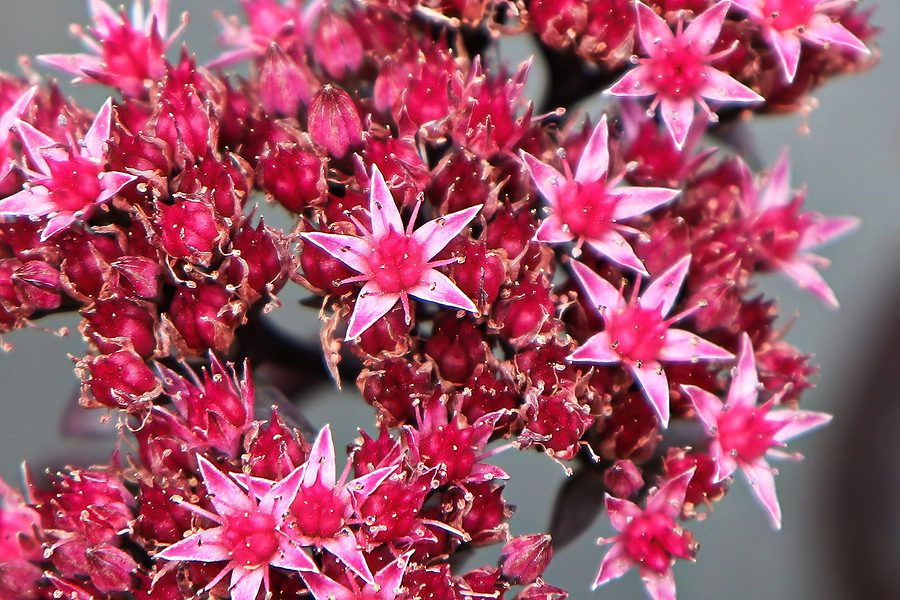Albuquerque Landscaping with Perennials – Fun Tips on a Variety of Stunning Choices

Consider planting perennials for your landscaping, and they are resilient plants that can thrive even with minimal water and care. Here we are giving you a few examples and descriptions to show just how much these low maintenance, recurring favorites can enhance your landscaping look.
“Angelina” Stonecrop
The scientific name of “Angelina” Sedum Rupestre. It is a cactus-like succulent. It has numerous unusual textures like bright yellow-green and has diseases or pests. It is fast spreading and ground covering plant being drought and resistant. In the Sedum family, there are several species. If this sounds well for your yard, you will likely find the texture of your choice.
The “Purple Dome” Aster (Aster Novae-Angliae)
The Purple Dome aster is a low-maintenance plant that’s perfect for colorful borders and cutting gardens. It prefers partial sun but can take full sun if needed. It blooms later in the season to keep your beautiful landscaping well into the fall.
Russian Sage (Perovskia)
Russian sage (Perovskia) is an excellent shrub that needs full sun and blooms from July to frost. It has frosty-looking white stems in the winter and is resistant to deer and pests. It is ideal for more arid landscapes and can be easily used as divider hedges, and is a good companion to most all plants and ornamental grasses.
Black-eyed Susans (Rudbeckia Fulgida “Goldsturm”)
In more humid climates with clay-like soil, black-eyed Susans bloom late summer into fall, offer interesting seed heads in the winter, and are ideal as a border plant.
Feather reed grass (Calamagrostis Acutiflora “Karl Foerster”)
We sell feather reed grass for landscaping to plant in your yard. Correct spacing is important to follow to ensure your plant grows and develops properly. Spacing should be twenty-four inches, center on center, or thirty-six inches, center on center. For a seamless appearance, aim for the former. Otherwise, use the letter spacing. Be sure to check out our youtube channel for more helpful tips!
Hosta
Hosta is known for its versatility and gorgeous white, lavender, or pink flowers! Hummingbirds and butterflies are attracted to the fragrant flowers during the summer.
Japanese Hakone grass (Hakonechloa Macra “Aureola”)
Japanese Hakone grass (Hakonechloa Macra “Aureola”) is Commonly called Japanese Hakone grass, and this beautiful plant has cascading leaves that arch in a fashion resembling a weeping willow and is popular due to its long season. It works well as either a ground cover or a specimen plant and is also resistant to pests and deer.
Purple bugbane (Cimicifuga Simplex “Brunette”)
Purple bugbanewas a suggested partner to the Hakone Grass, and it stands a foot to two feet in height and has long, fluffy spires accompanied by small, yet strongly fragrant, white flowers. Even though it attracts species like butterflies and birds, more troublesome critters – like deer and rabbits – tend to ignore it completely.
The Ligularia, or “Brit Marie Crawford,”
The ligularia is also known as a leopard plant. It is recognized by its rounded, dark leaves with deep red peeking out from the undersides. When it is time to bloom (midsummer to early fall), the foliage shoots up purplish-black stems with clusters of bright orange daisies. These can grow 3 to 4 feet tall and a couple of feet wide.
